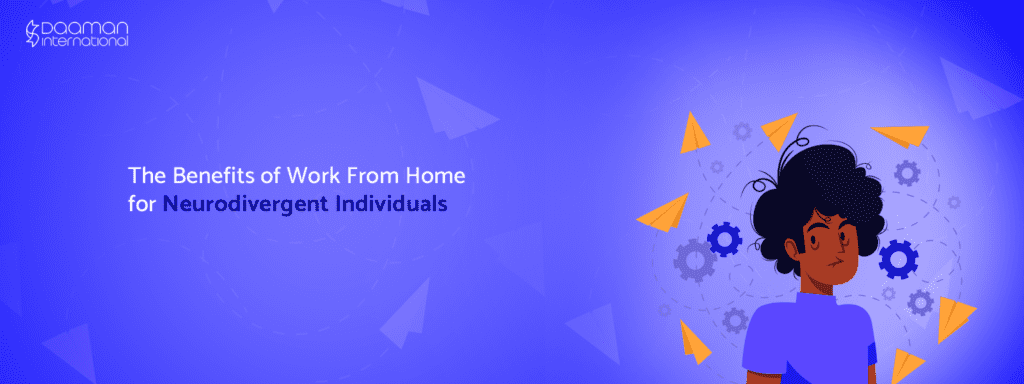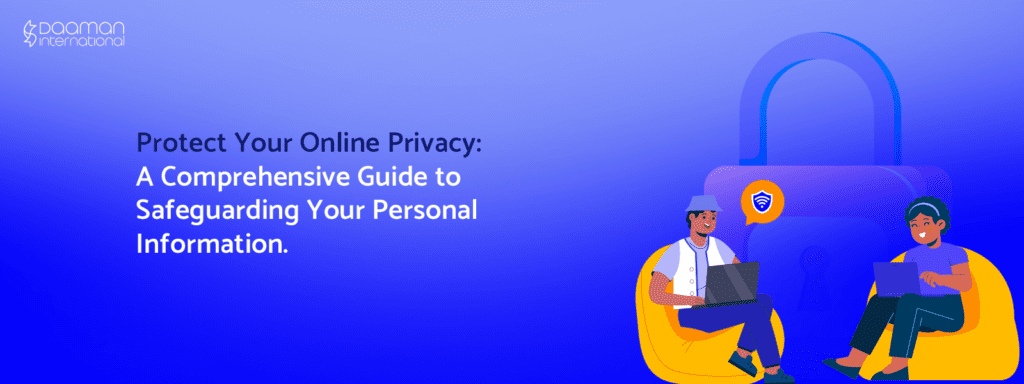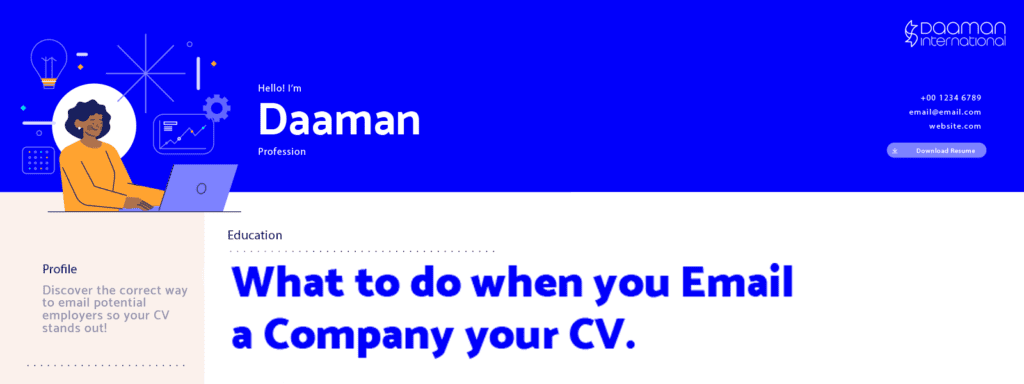From Social Puff to Full-Blown Habit: How Stressed Employees Slide into Smoking Addiction.
We’ve all been there—work deadlines looming, emails piling up, and that one coworker who sends “urgent” messages at 4:55 PM. It’s no surprise that work can be stressful, and for some people, that stress pushes them toward one particular habit: smoking. But don’t worry! If you’ve found yourself lighting up after a long day or sneaking out for a quick puff between meetings, you’re not alone—and, better yet, there’s a way out of the cycle. The Social Smokescreen Smoking often starts innocently enough, especially at work. It’s usually labeled as “social smoking”—a quick cigarette during break with colleagues, or the perfect excuse to step outside for five minutes of fresh air. It’s a bonding ritual in some offices. Who wouldn’t want a break from the daily grind to unwind, chat, and get a mini-vacation from the desk? But here’s the thing: that “social” smoke break can slowly morph into something more. Stress from work—whether it’s managing tough projects, juggling demanding clients, or handling office politics—often becomes the trigger that turns a casual smoke into a daily habit. After all, nicotine offers a temporary calming effect that feels like a lifesaver in high-pressure situations. Stress as the Catalyst Workplace stress can be overwhelming. The modern-day hustle culture glorifies being constantly “on” and available, but it also breeds burnout. This is where smoking steps in as a quick fix. Nicotine’s immediate effect on the brain creates a sense of relaxation, tricking you into thinking that it’s easing your stress. Suddenly, reaching for a cigarette becomes a stress-response mechanism. Deadlines creeping up? Smoke. Boss just emailed you with “URGENT” in all caps? Smoke. It’s easy to see how this cycle can spiral, especially when stress becomes a daily part of your work life. Why Stress and Smoking Are a Dangerous Duo While smoking may provide a momentary reprieve, it doesn’t tackle the root cause of stress—it only masks it. In fact, once the effects of nicotine wear off, the body craves more, and the stress comes roaring back. It’s a vicious cycle. What started as a casual social activity now becomes an addiction fueled by both stress and nicotine cravings. Breaking the Chain: Here’s the Good News! If you’ve been nodding along, don’t fret. There are ways to manage workplace stress without relying on cigarettes. It starts with building awareness around your smoking habits and how they’re connected to stress. Once you pinpoint those moments where you feel the urge to smoke, you can swap them out for healthier stress-relief strategies. Instead of stepping outside for a smoke, try stepping out for a quick walk or a deep-breathing session. Exercise is a natural stress-buster, and even five minutes of stretching can work wonders for your mood and productivity. If it’s the social aspect you’re craving, find colleagues who share the same goal of quitting or destressing, and enjoy a coffee or chat break without the smoke. Create a Smoke-Free Work Zone Stress at work isn’t going away anytime soon, but that doesn’t mean smoking has to be your go-to solution. With a bit of awareness and some positive swaps, you can break free from the stress-smoke cycle. So next time your job makes you feel like screaming, try a healthier outlet—and watch the stress melt away (without the nicotine!). It’s all about turning workplace pressure into a positive opportunity to build better habits. And who knows? You might even inspire a few colleagues along the way to kick the habit for good!










